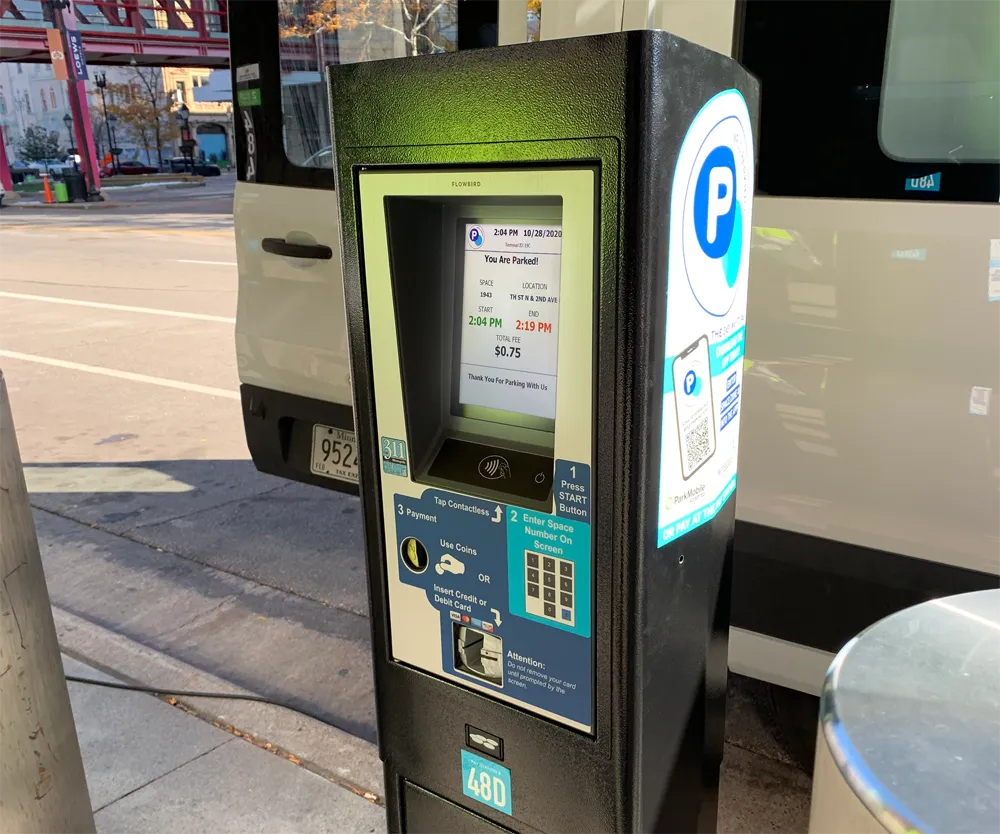Building on multi-modal transit services provided over the past ten years, Iteris is to provide a multi-jurisdiction bus traffic signal priority system (BSP) for Torrance Transit’s Rapid Line in Los Angeles County, California. The US$2.2 million contract includes the design, procurement, deployment, and on-going operation and maintenance of a multi-jurisdiction BSP at 83 signalised intersections.
The BSP system utilises existing on-bus systems that incorporate GPS-based automatic vehicle location equipme
November 6, 2013
Read time: 2 mins
Building on multi-modal transit services provided over the past ten years, 73 Iteris is to provide a multi-jurisdiction bus traffic signal priority system (BSP) for Torrance Transit’s Rapid Line in Los Angeles County, California. The US$2.2 million contract includes the design, procurement, deployment, and on-going operation and maintenance of a multi-jurisdiction BSP at 83 signalised intersections.
The BSP system utilises existing on-bus systems that incorporate GPS-based automatic vehicle location equipment, wireless bus-to-intersection communications and advanced intersection traffic controller technologies previously implemented by Iteris under the countywide metro rapid signal priority program.
Work on the contract is expected to begin immediately and deployment of the system is anticipated to be completed within 18 months.
“This project expands our established multi-modal operations throughout Los Angeles County,” said Abbas Mohaddes, president and CEO of Iteris. “By growing our Nationwide presence and utilising existing bus system technologies, we are able to provide clients with superior technology to mitigate traffic congestion.”
Kim Turner, transit director of the City of Torrance, added, “Consistency and implementation of a proven system is essential for the residents and transit users of Torrance Transit. Iteris has provided a proven solution throughout Los Angeles County and we look forward to continued success with their expanded solution.”
The BSP system utilises existing on-bus systems that incorporate GPS-based automatic vehicle location equipment, wireless bus-to-intersection communications and advanced intersection traffic controller technologies previously implemented by Iteris under the countywide metro rapid signal priority program.
Work on the contract is expected to begin immediately and deployment of the system is anticipated to be completed within 18 months.
“This project expands our established multi-modal operations throughout Los Angeles County,” said Abbas Mohaddes, president and CEO of Iteris. “By growing our Nationwide presence and utilising existing bus system technologies, we are able to provide clients with superior technology to mitigate traffic congestion.”
Kim Turner, transit director of the City of Torrance, added, “Consistency and implementation of a proven system is essential for the residents and transit users of Torrance Transit. Iteris has provided a proven solution throughout Los Angeles County and we look forward to continued success with their expanded solution.”









